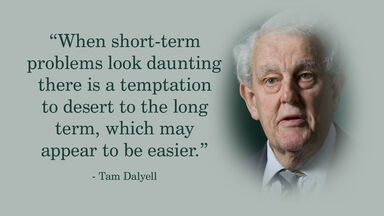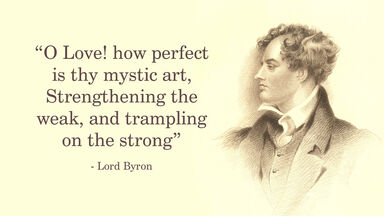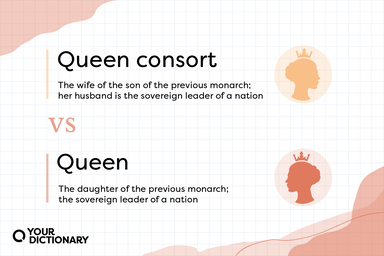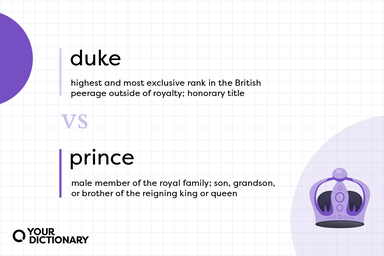Margaret was crowned at Edinburgh in March 1504.
Albany had to blockade Margaret in Stirling Castle before she would surrender her sons, After being obliged to capitulate, Margaret returned to Edinburgh, and being no longer responsible for the custody of the king she fled to England in September, where a month later she bore to Angus a daughter, Margaret, who afterwards became countess of Lennox, mother of Lord Darnley and grandmother of James I.
A useful sketch of recent biographies is to be found in The Edinburgh Review (July 1906).
There is evidence of its vogue in Holland in the 17th century, for the painting by David Teniers (1610-1690), in the Scottish National Gallery at Edinburgh, is wrongly described as "Peasants playing at Skittles."
In Edinburgh, Glasgow, and elsewhere in Scotland, and in London (through the county council), Newcastle and other English towns, the corporations have laid down greens in public parks and open spaces.




